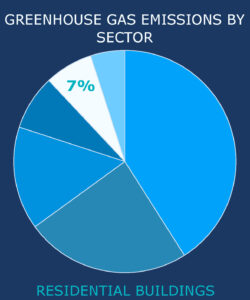Improving the energy performance of existing buildings will be key to achieving California’s efficiency and greenhouse gas emission goals. But owners and residents of low-income, multifamily buildings face some of the greatest obstacles, including difficult access to capital, complex financing arrangements, competing renovation needs, and a split incentive problem that limits owners’ financial interest in upgrades that primarily reduce residents’ utility bills. While California’s energy regulators and electric utilities fund and operate a number of incentive and rebate programs, structural barriers have hampered progress, including strict income qualification criteria, energy data opacity, and the complexity of combining multiple incentives into one project. Low Income, High Efficiency details policy solutions and case studies to increase access to energy efficiency incentives and unlock environmental, financial, and quality-of-life benefits for owners and residents alike.
